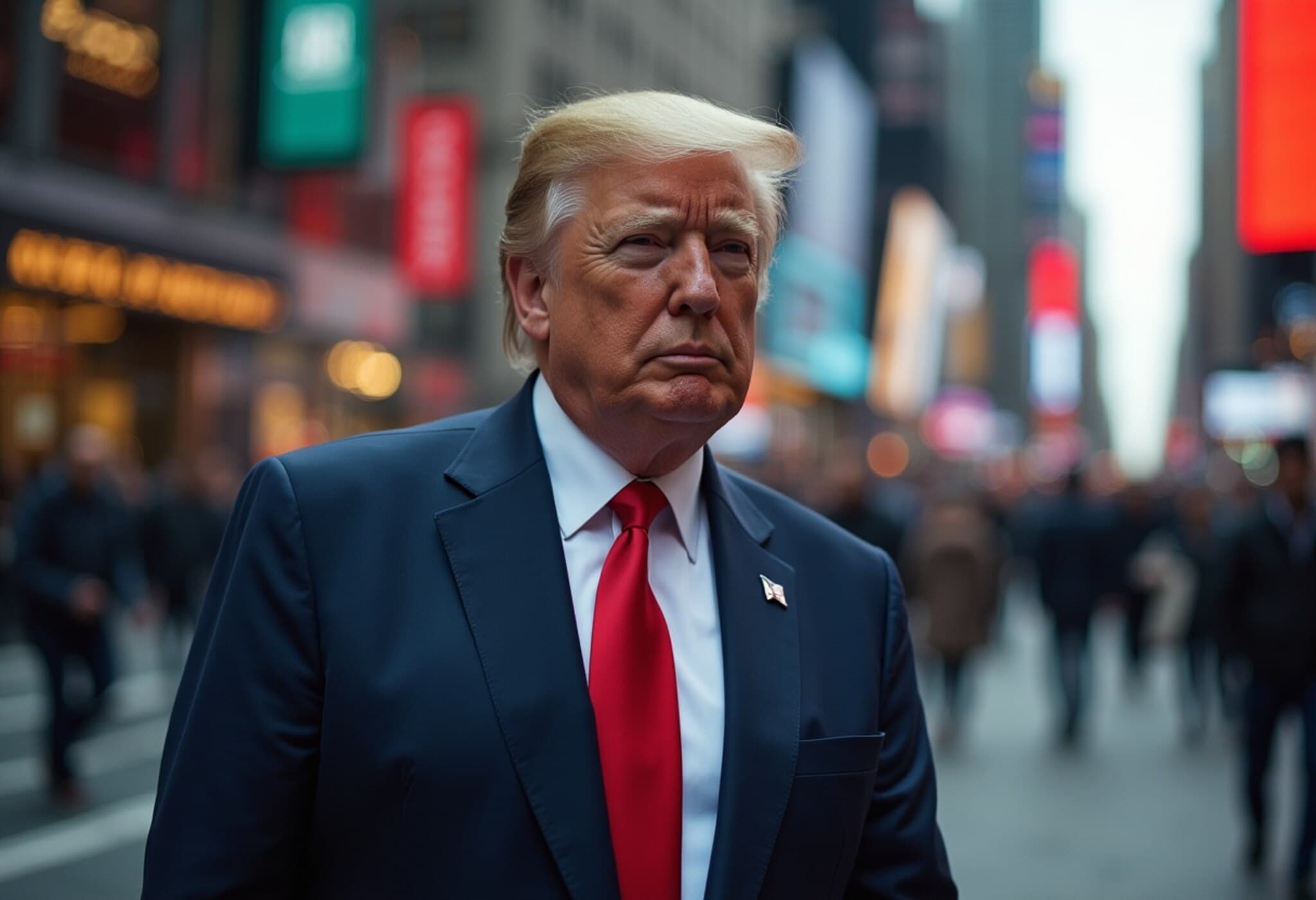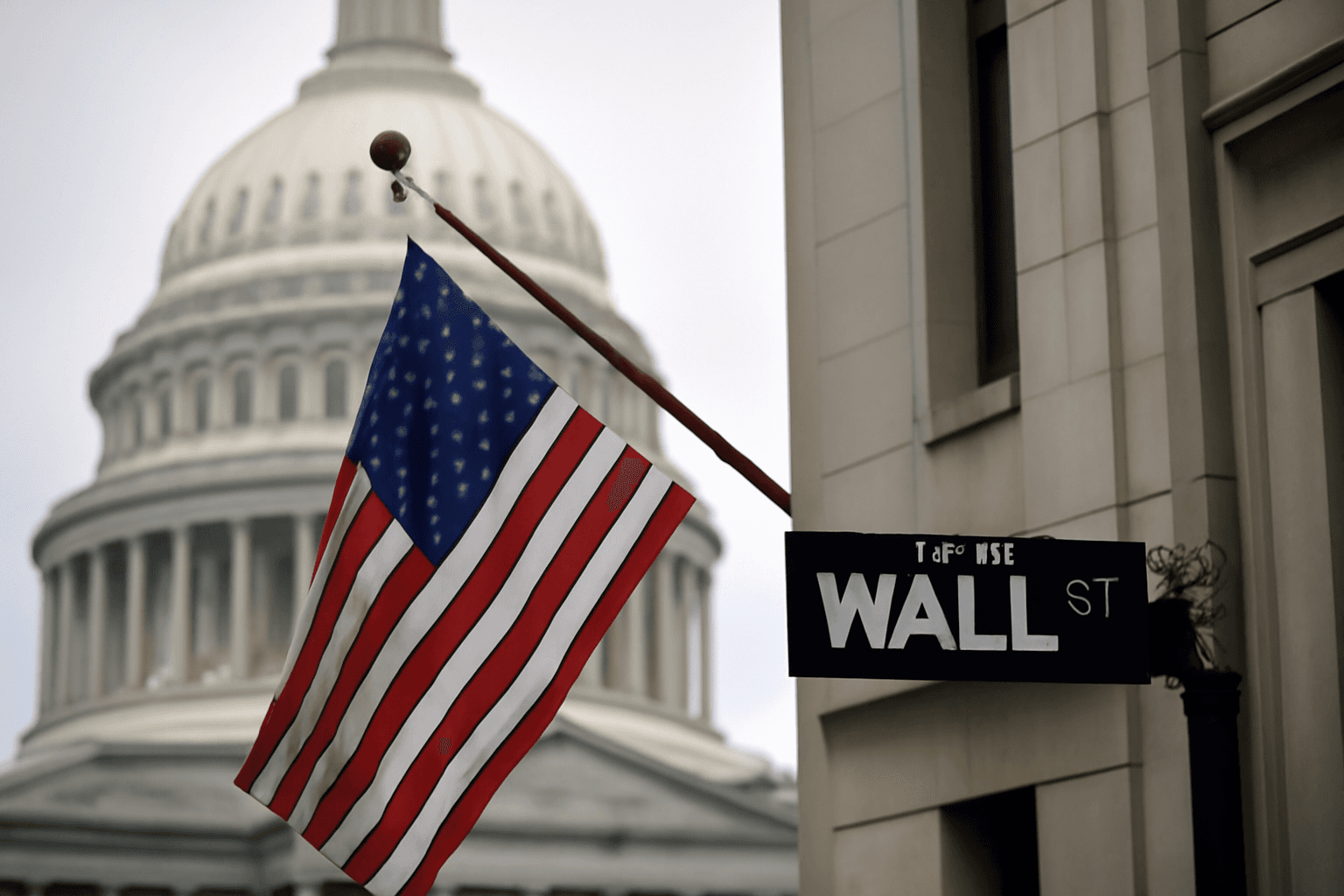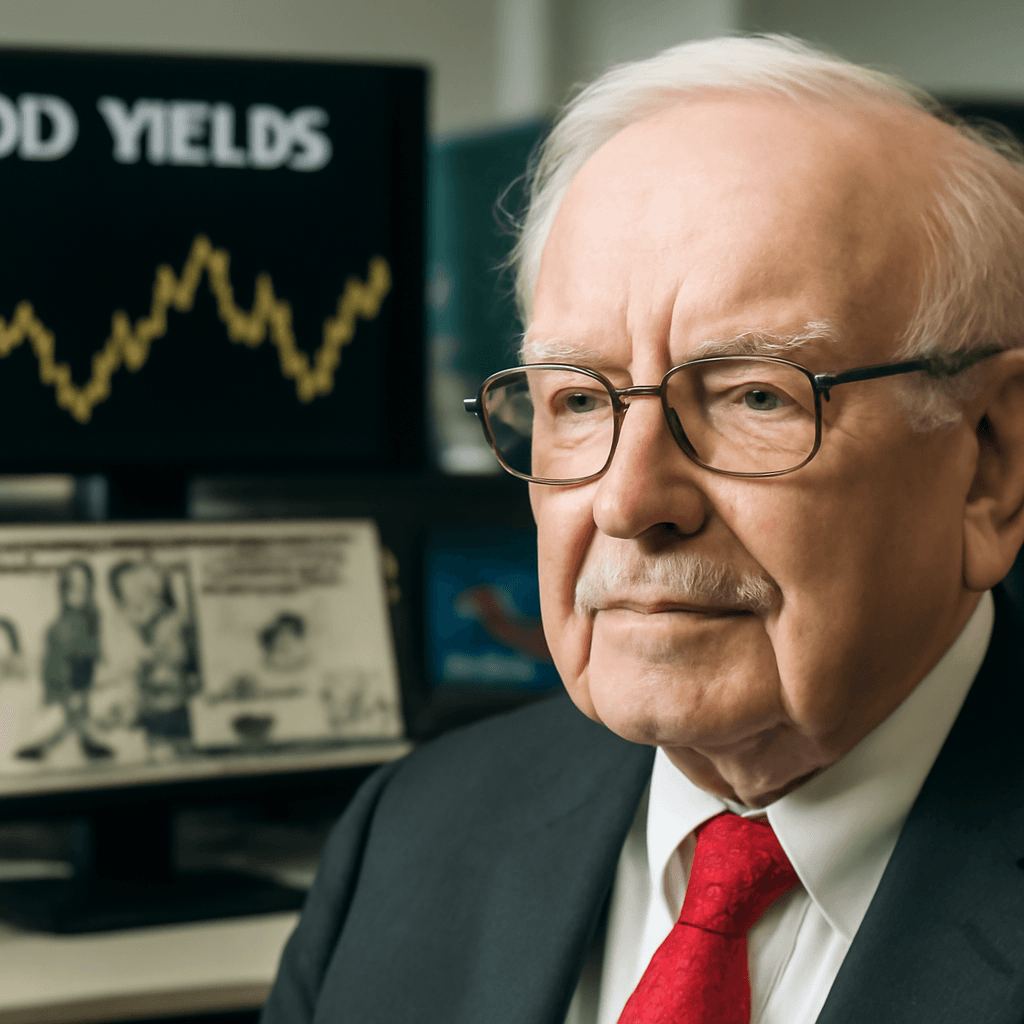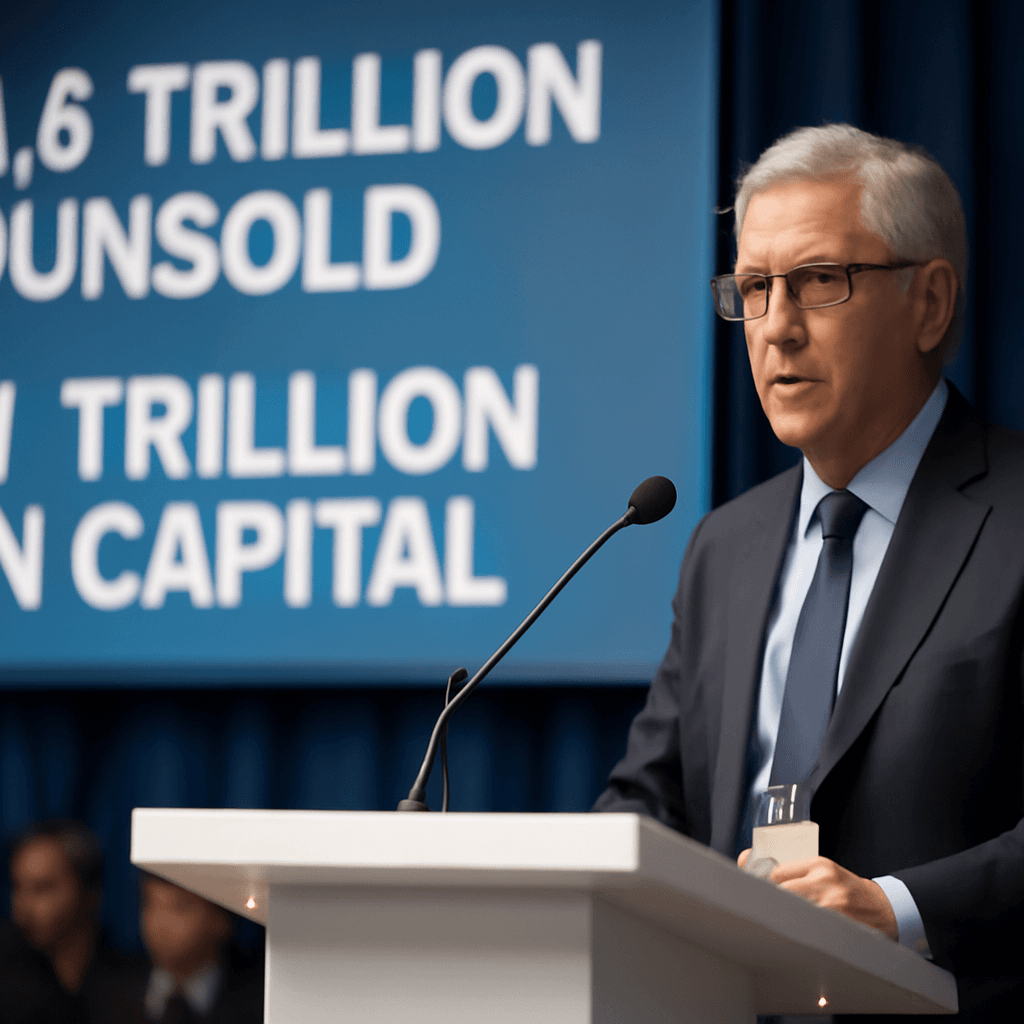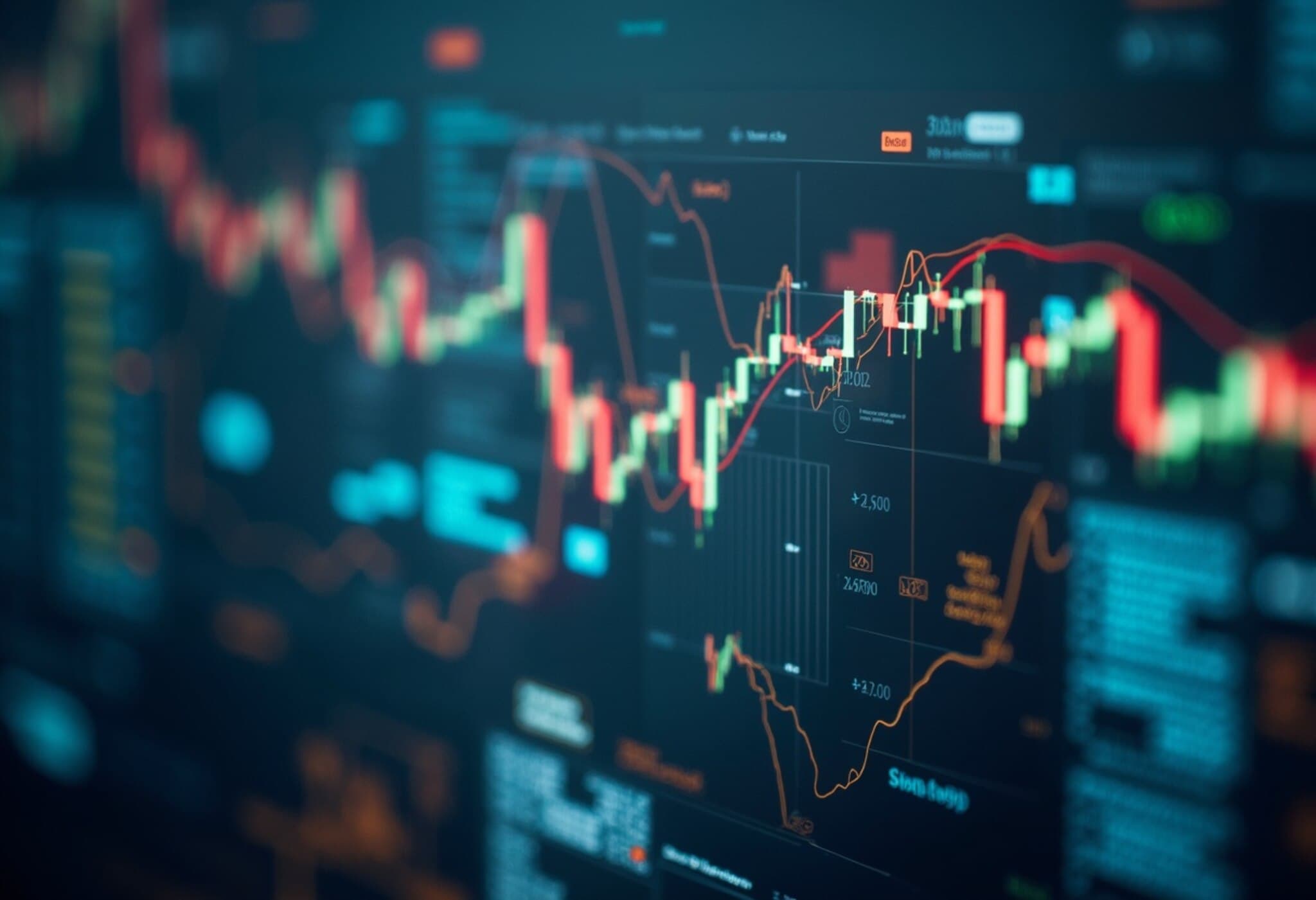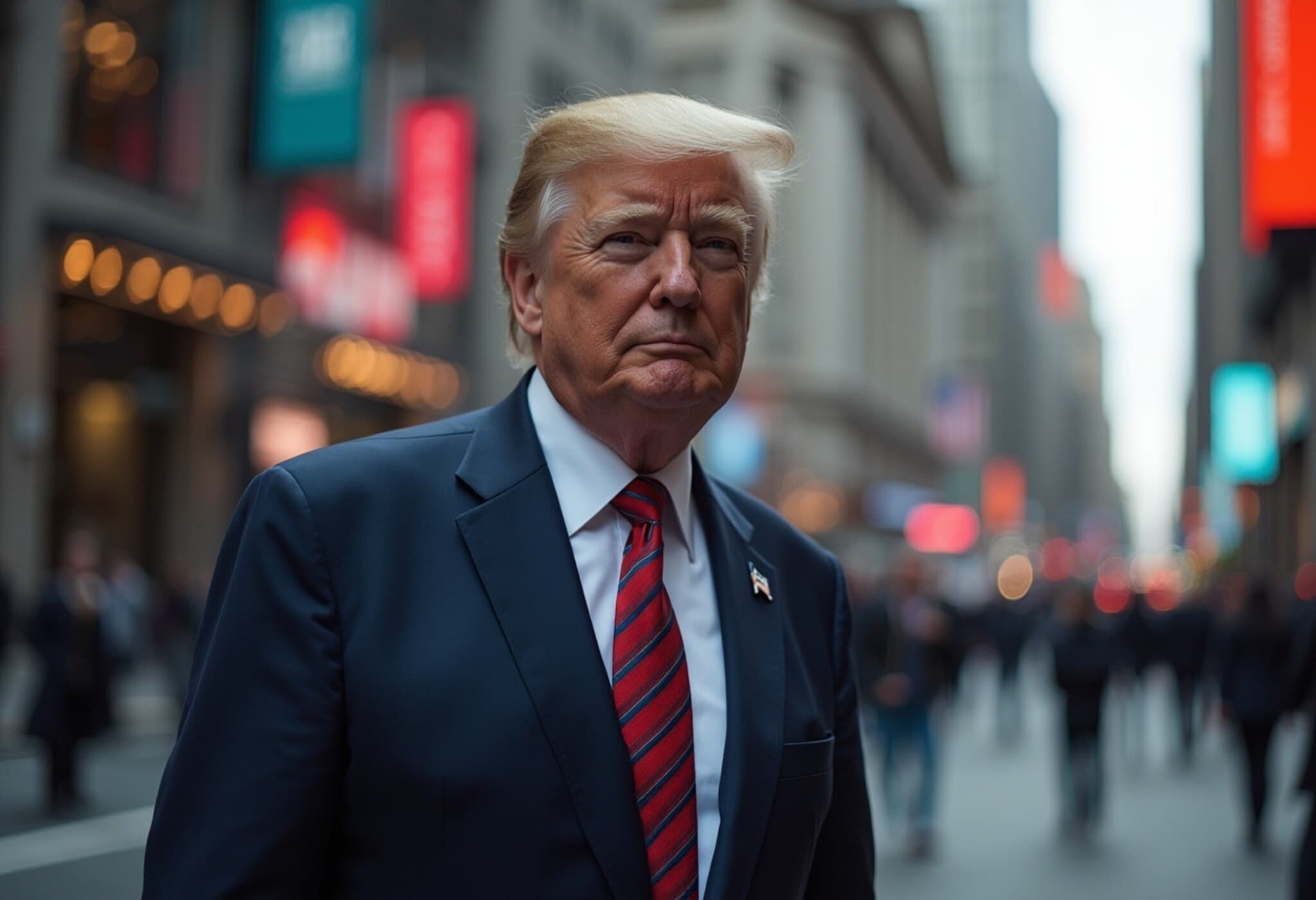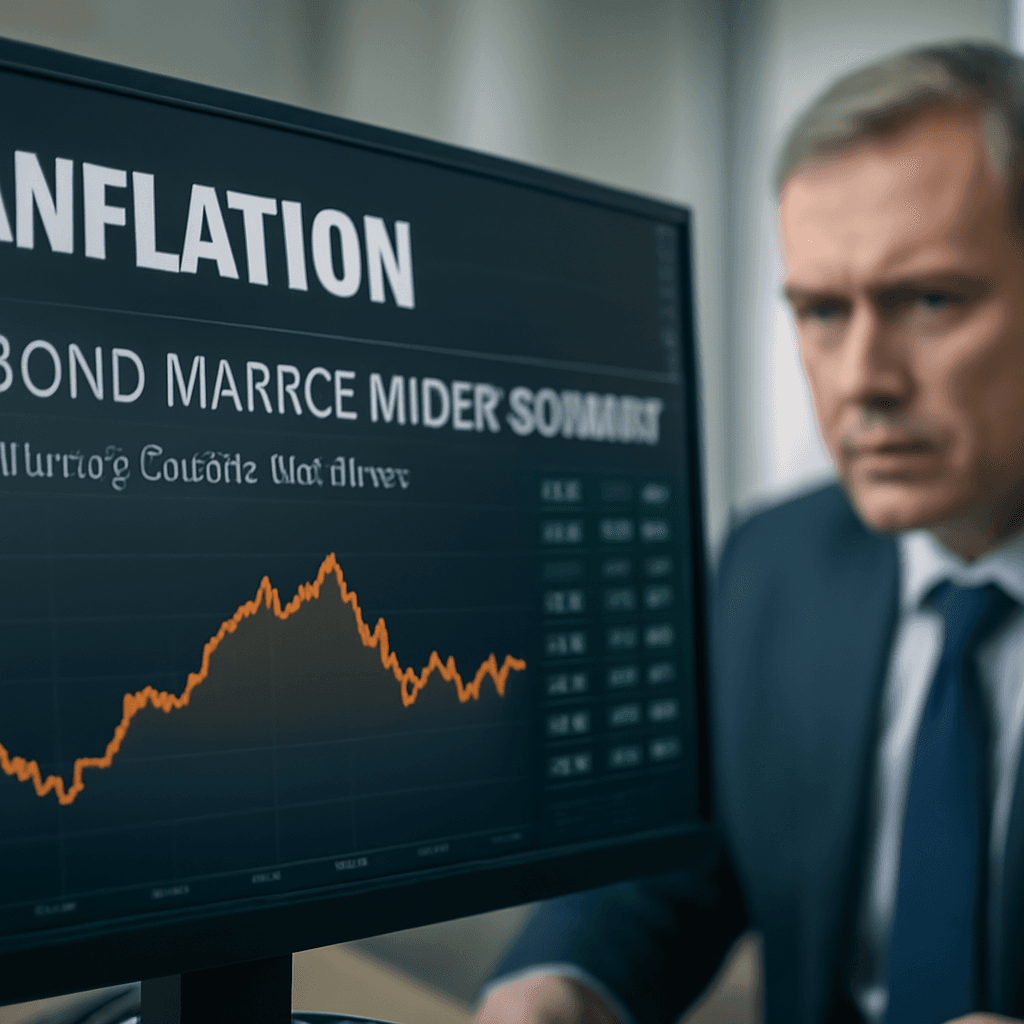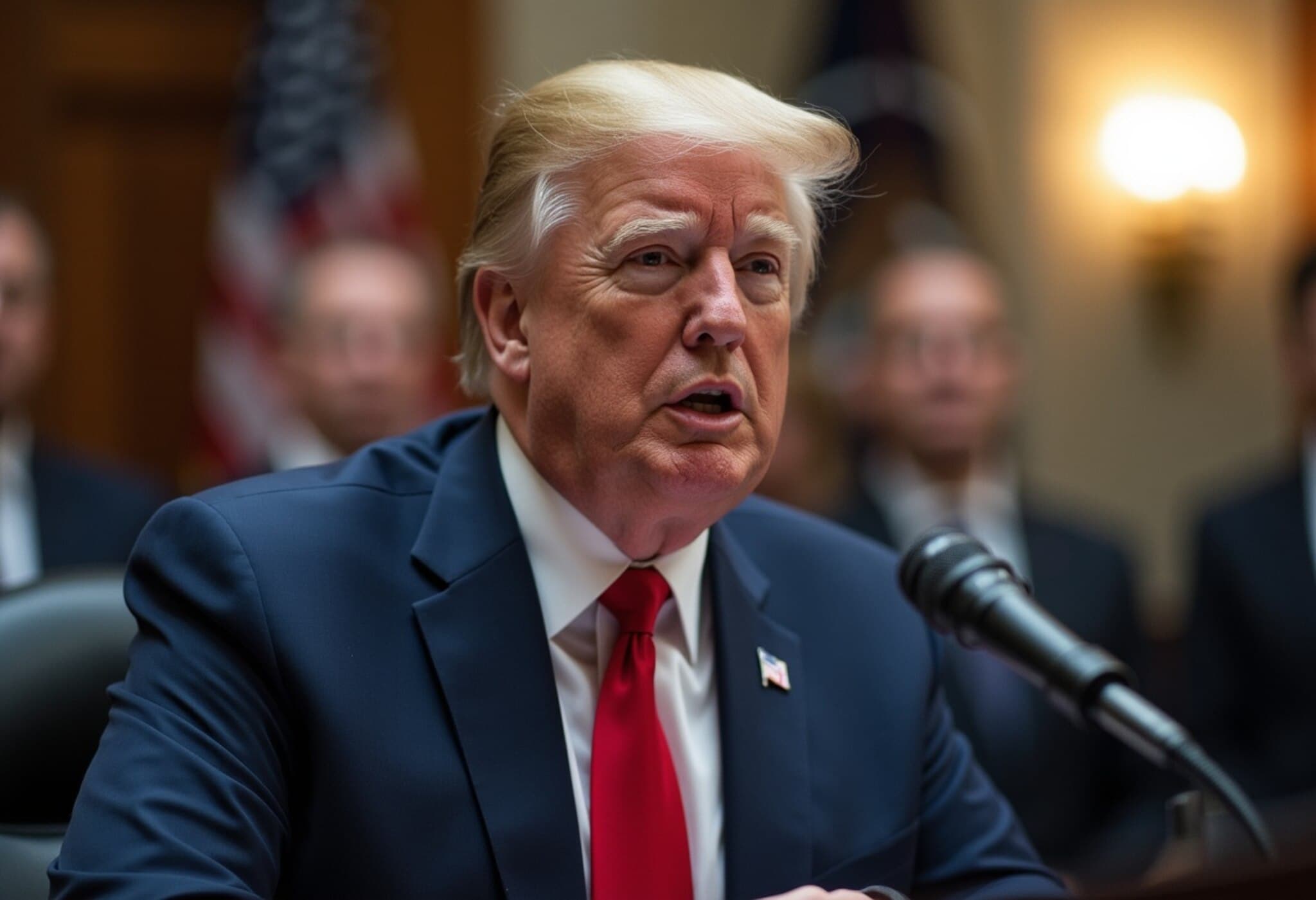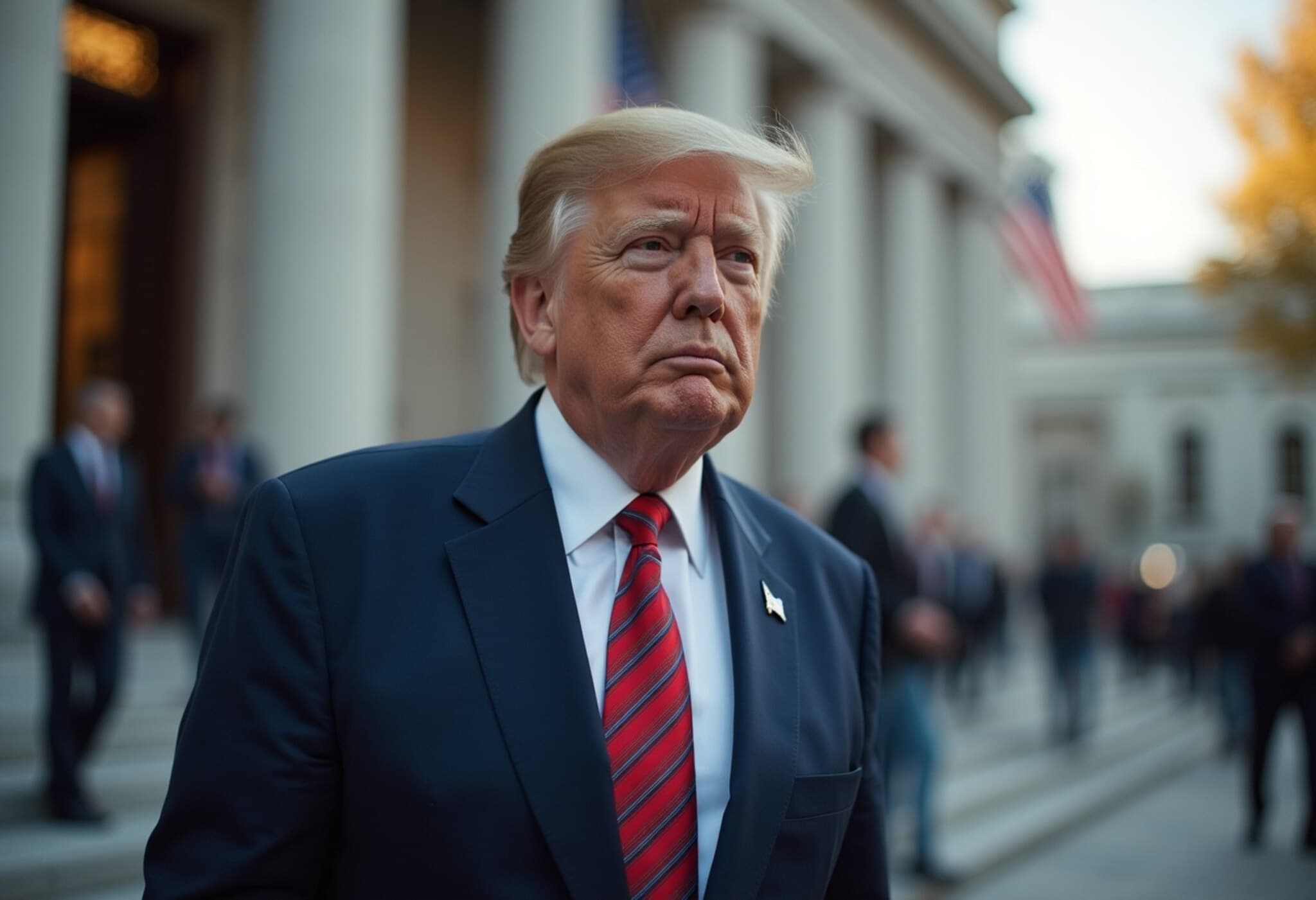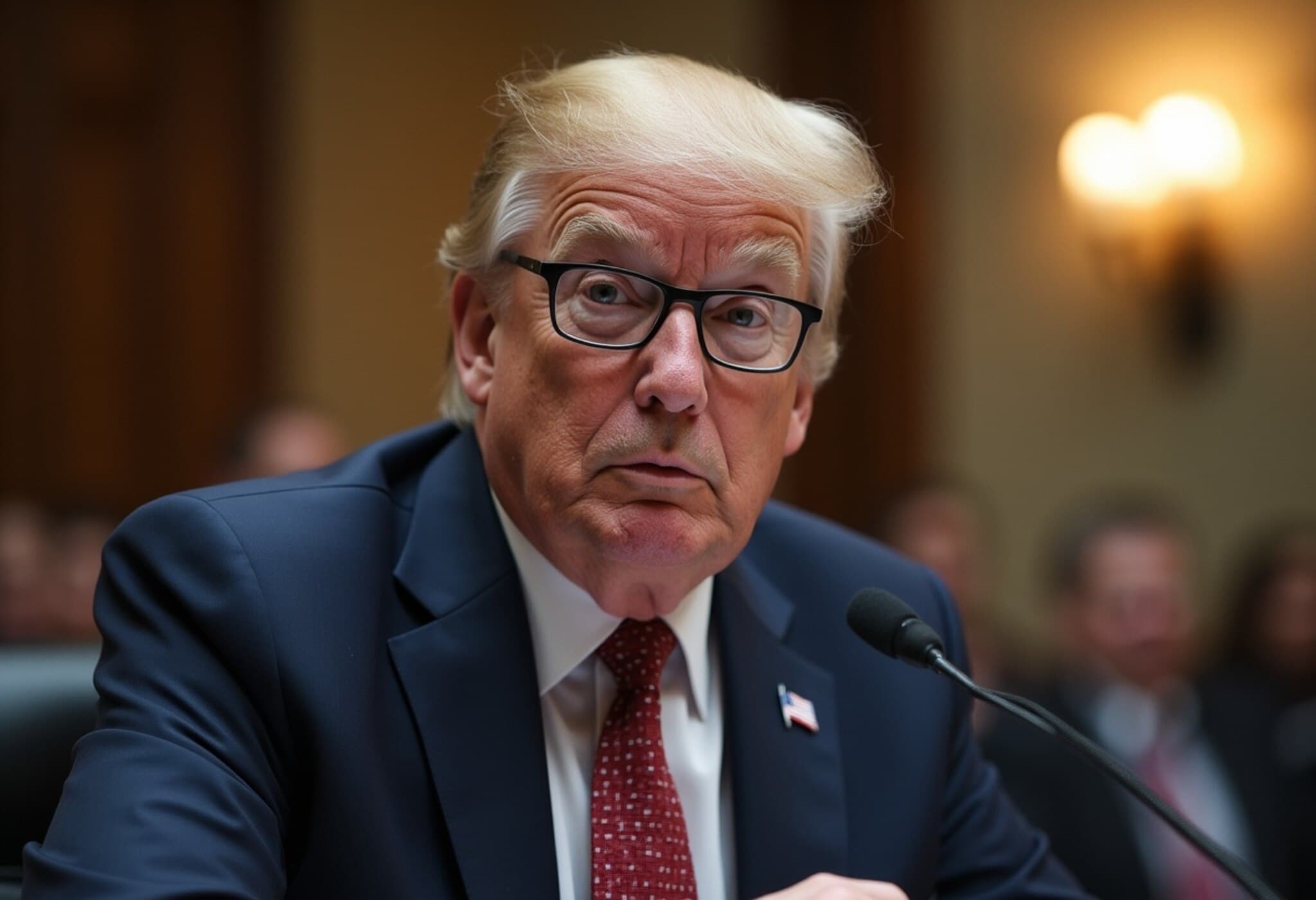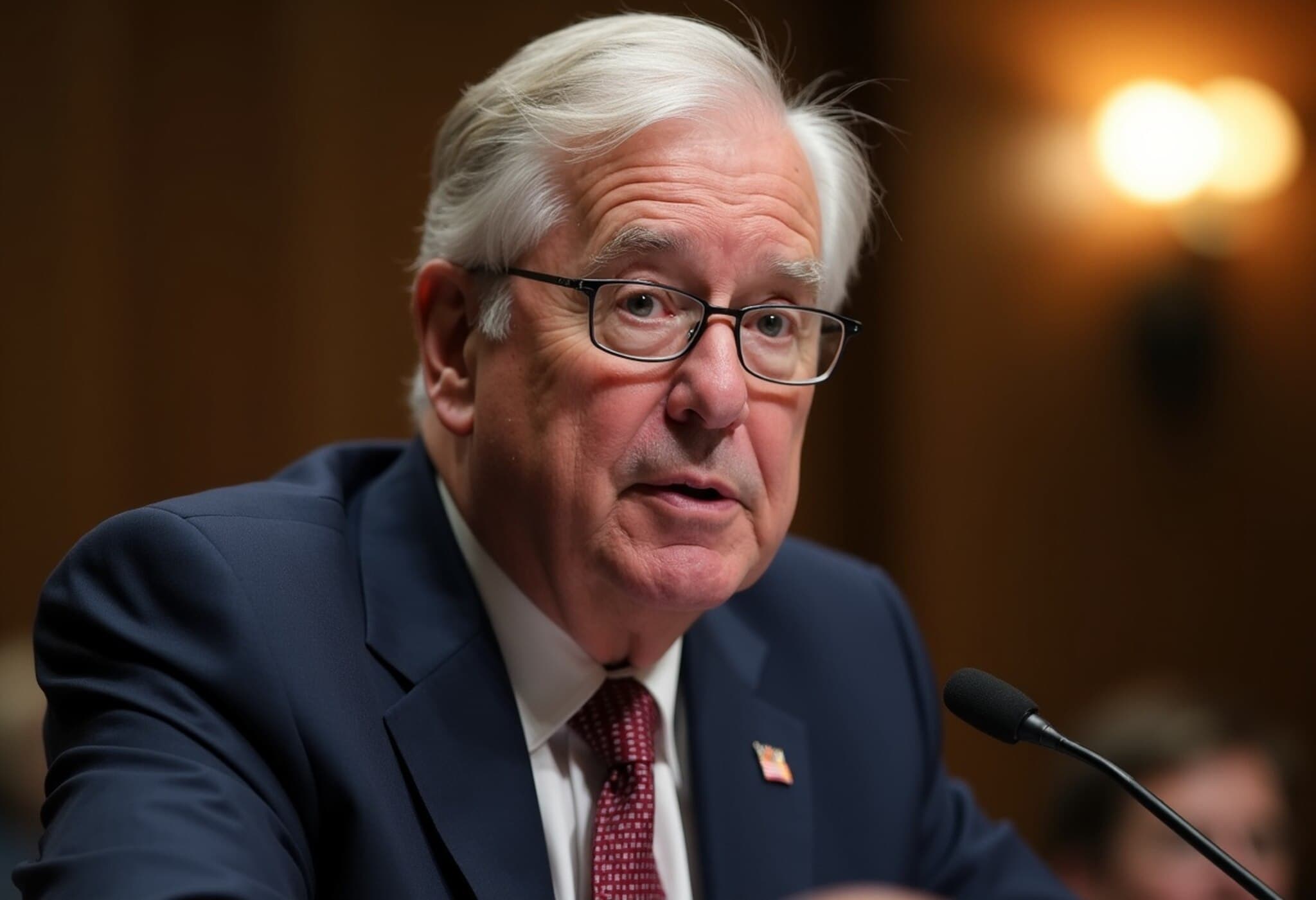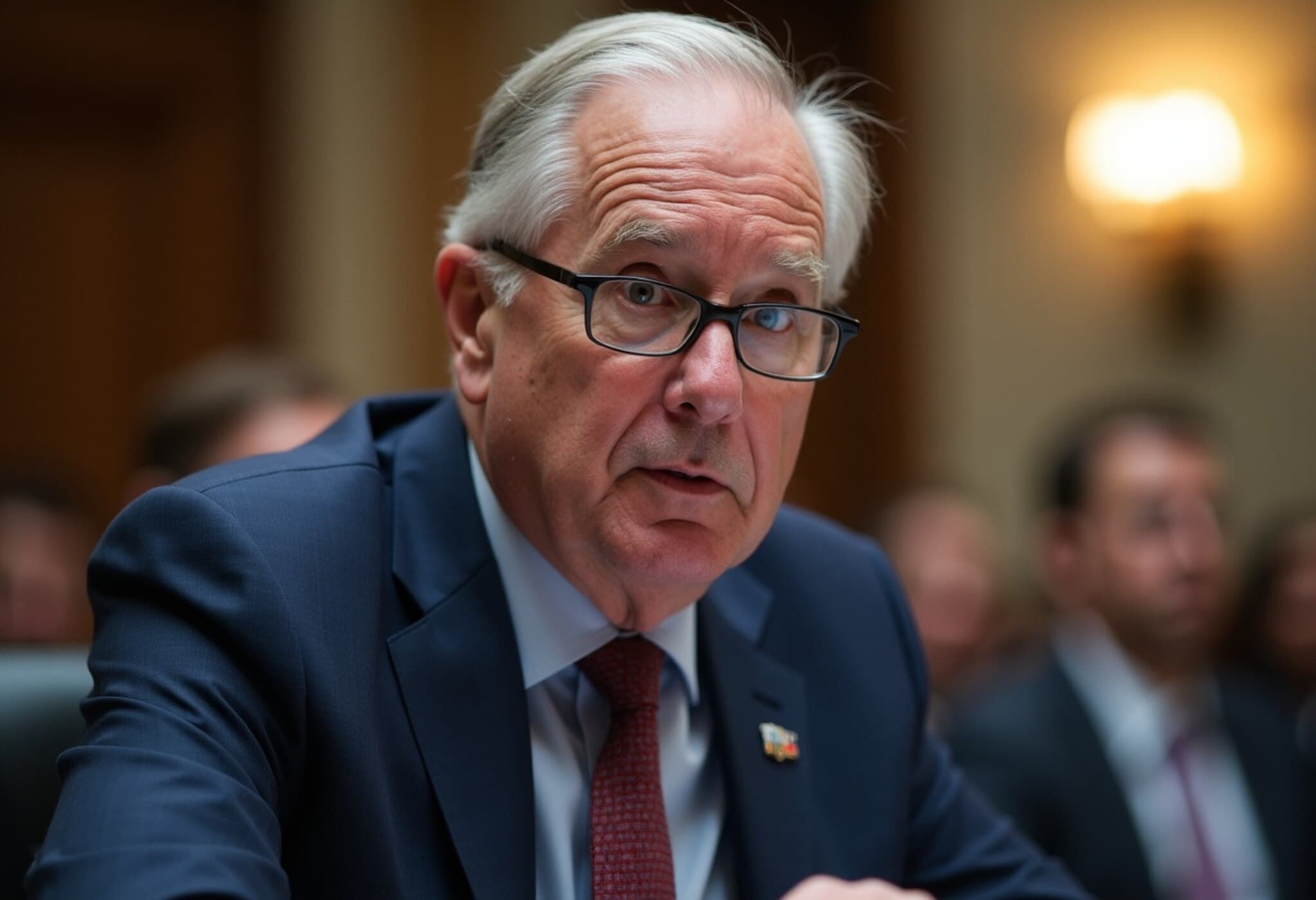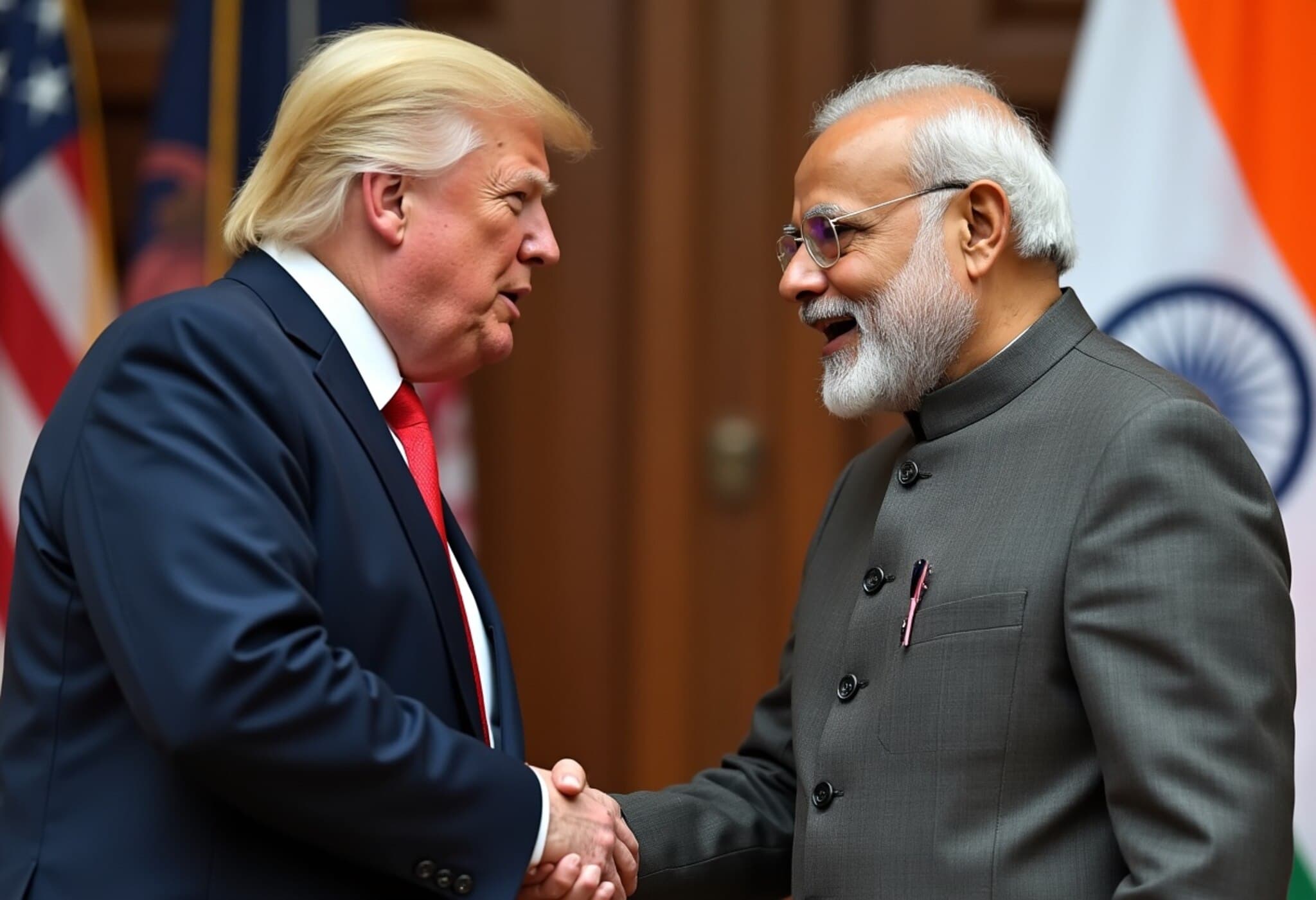Inflation Returns to Center Stage on Wall Street
After months of investor focus primarily on employment figures, inflation has suddenly reclaimed the spotlight on Wall Street. Next week’s release of key inflation indicators—the Consumer Price Index (CPI) on Tuesday and the Producer Price Index (PPI) on Thursday—will be pivotal for traders and policymakers alike, as they attempt to forecast the Federal Reserve’s next move. The question on everyone’s mind: Will the Fed proceed with a rate cut in September?
Why Inflation Data Matters More Than Ever
Federal Reserve watchers widely anticipate a quarter-point rate reduction at the Federal Open Market Committee meeting next month, reflecting optimistic expectations of moderating inflation pressures. However, if these inflation reports reveal stubbornly high prices or even an unexpected uptick, it could send shockwaves through the markets. A persistent inflation rate above the Fed’s 2% target, particularly amid weakening labor market conditions, might resurrect fears of stagflation—an economic quagmire of stagnant growth paired with rising prices—that would complicate monetary policy decisions.
Jay Woods, Chief Global Strategist at Freedom Capital Markets, emphasizes, "The most important indicator moving forward is the CPI data—it will shape the Fed’s monetary policy trajectory." Hot inflation figures could dampen equity market enthusiasm, particularly as the S&P 500 hovers near all-time highs sustained through recent geopolitical tensions and tariff debates.
Market Resilience vs. Emerging Risks
Despite underlying concerns, the major U.S. stock indexes have demonstrated resilience. The S&P 500 gained over 2% and the tech-heavy Nasdaq Composite climbed more than 3% in the past week, both on track for a winning streak. The Dow Jones Industrial Average also posted solid gains above 1%. Yet, some market strategists warn of an impending correction, potentially 5% or greater, fueled by high valuations and diminishing momentum.
- Valuation concerns: Nicholas Colas, co-founder of DataTrek Research, notes the S&P 500’s forward price-to-earnings ratio is trading around 22—indicative of peak investor optimism.
- Seasonal patterns: August historically brings a dip, with the S&P 500 averaging a 0.3% decline since 1990, according to Wolfe Research.
- Market vulnerabilities: The anniversary of last year’s yen carry trade unwind reminds investors that "weird things" can happen in August, warns Woods.
The Growing Politicization of Data and the Fed
The upcoming inflation data carries further weight given the increased political scrutiny surrounding economic statistics and Fed independence. The recent firing of the Bureau of Labor Statistics commissioner following a disappointing jobs report has cast doubts on data reliability. Simultaneously, President Donald Trump’s nomination of Stephen Miran, a potentially dovish economist, to a Federal Reserve board seat raises questions about the central bank’s future direction and autonomy.
Nanette Abuhoff Jacobson, Global Investment Strategist at Hartford Funds, cautions, "If the Fed is perceived as politicized, it could unsettle both bond and equity markets, undermining the foundational trust investors place in U.S. monetary policy." This development underscores the delicate balance the Fed must strike between responding to economic realities and maintaining its independent credibility.
Trade Talks, Tariffs, and Geopolitical Catalysts
Adding complexity to the market outlook, geopolitical and trade headlines are poised to influence investor sentiment. Reports hint at a potential meeting between President Trump and Russian President Vladimir Putin, raising hopes for progress in resolving the Ukraine conflict. Meanwhile, the August 12 deadline looms for possible tariff escalations on China—a date many expect to be postponed amid ongoing trade negotiations.
Earnings reports, typically influential, enter a quieter phase next week before tech giant Nvidia reignites attention later in August, suggesting a market in a “digestion phase” rather than one expecting significant volatility, according to Woods.
Key Economic Events to Watch Next Week
- Monday, Aug. 11: Treasury Budget Release
- Tuesday, Aug. 12: Consumer Price Index (CPI) data; Hourly Earnings and Average Workweek for July; Cardinal Health earnings
- Wednesday, Aug. 13: Cisco Systems earnings
- Thursday, Aug. 14: Producer Price Index (PPI); Jobless Claims; Earnings from Applied Materials, Tapestry, Deere & Co.
- Friday, Aug. 15: Export and Import Price Indexes; Retail Sales; Empire State Index; Capacity Utilization; Industrial Production; Business Inventories; preliminary Michigan Sentiment
Editor's Note: Navigating Uncertainty Amid Inflation and Policy Shifts
As Wall Street braces for next week’s flood of economic data, inflation remains the linchpin of market expectations for Fed policy. Investors should watch not only the headline numbers but also the nuanced interplay between inflation, labor market health, and political developments that may influence the Fed’s independence. The looming trade decisions and geopolitical uncertainties add layers of complexity. In an environment marked by stretched valuations and seasonal vulnerabilities, cautious but informed positioning will be crucial. How will markets react if inflation resists easing? Will Federal Reserve moves support sustained economic growth, or will we face the specter of stagflation? These questions underscore that beyond the numbers, the coming weeks could redefine the economic landscape for months to come.

